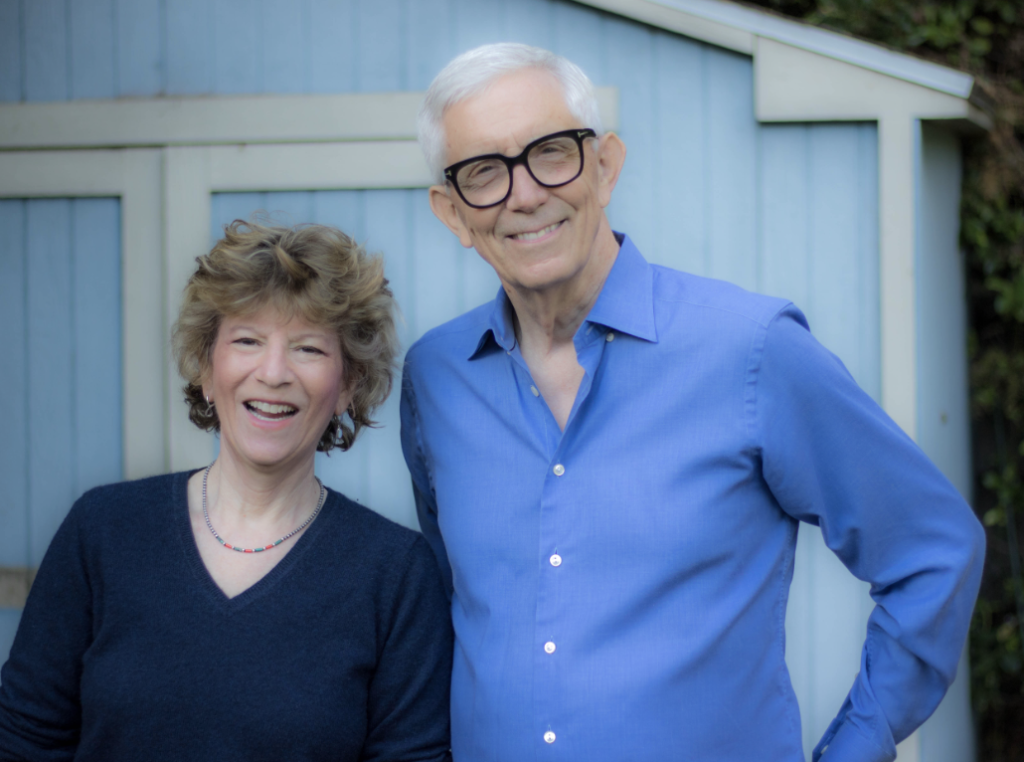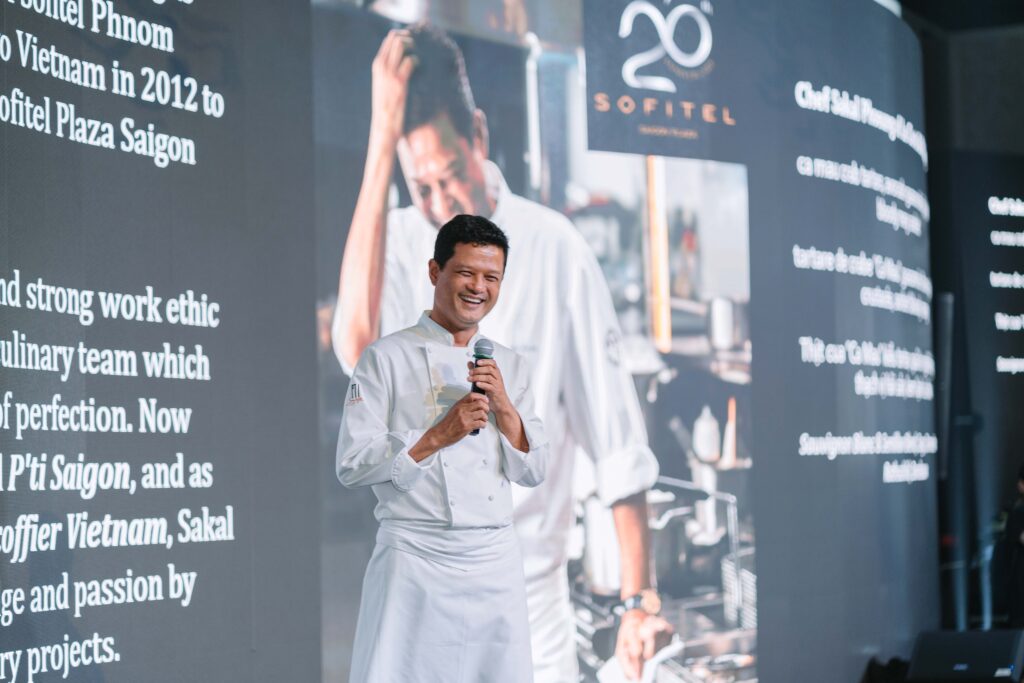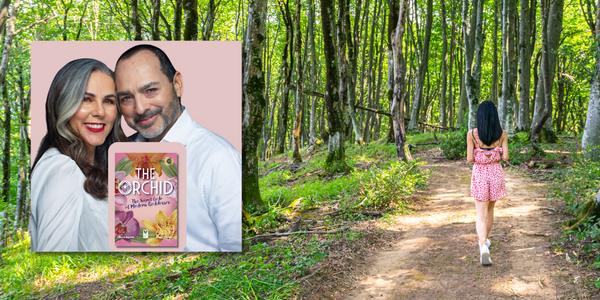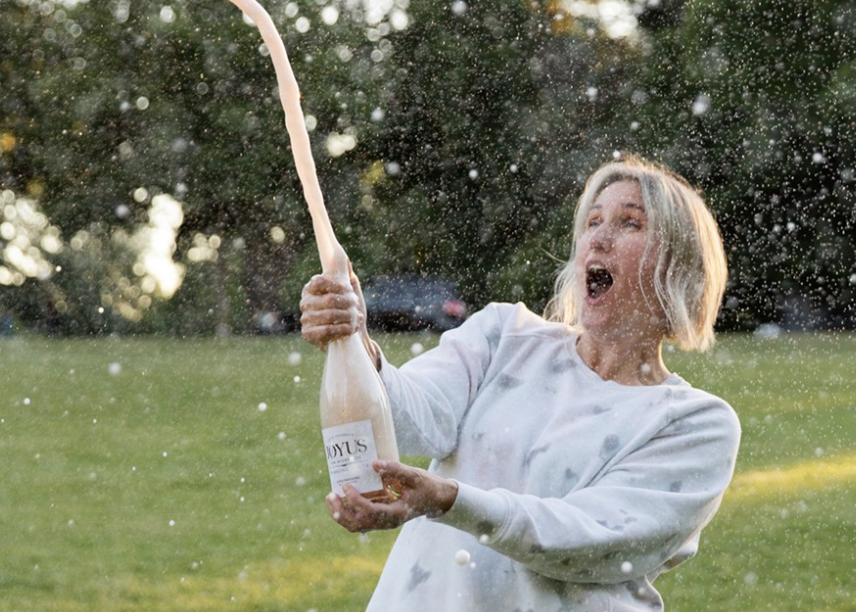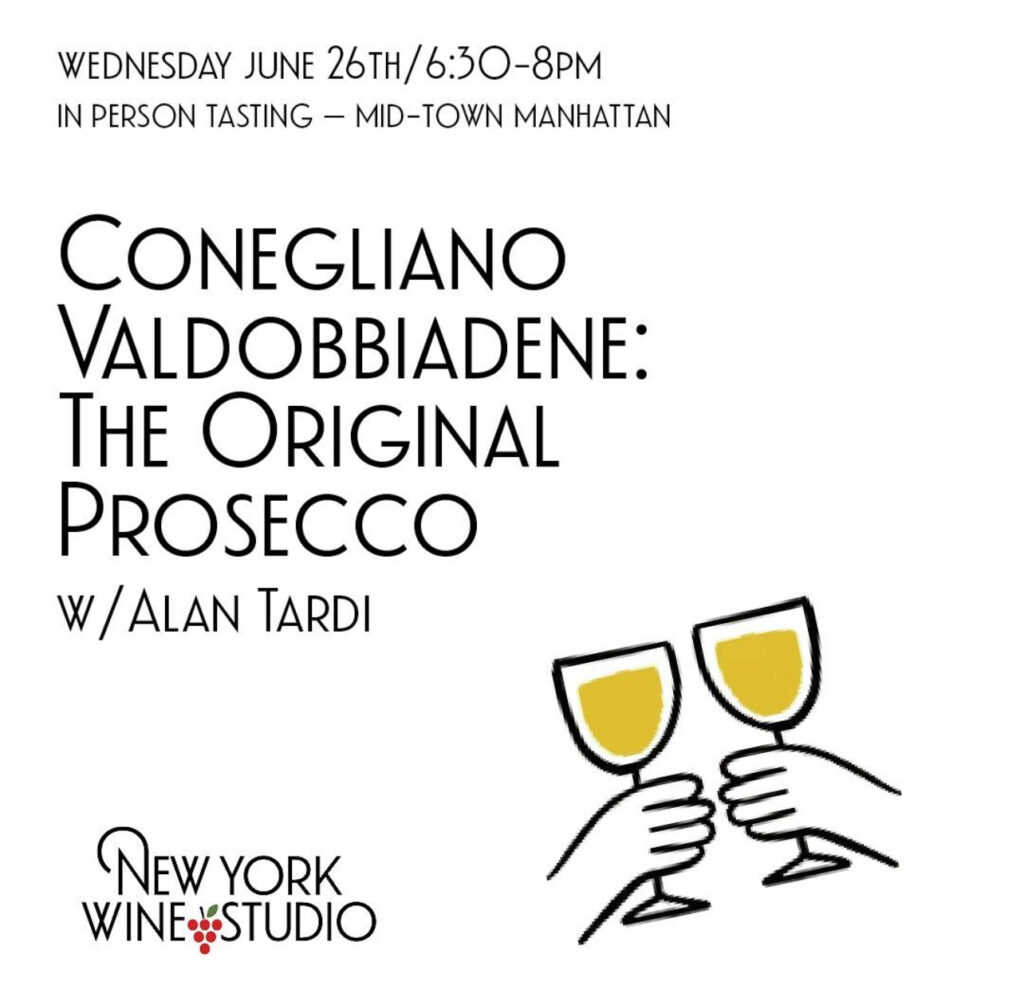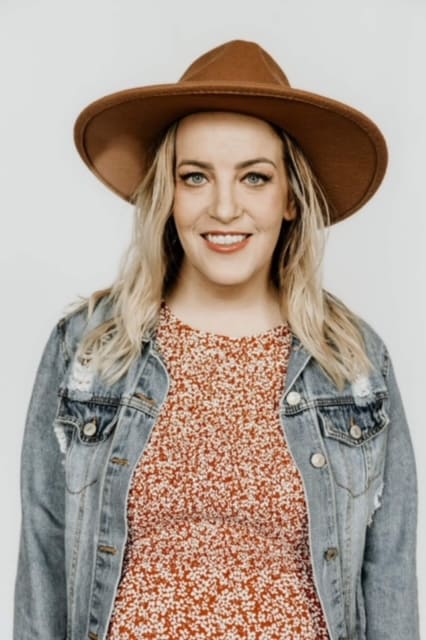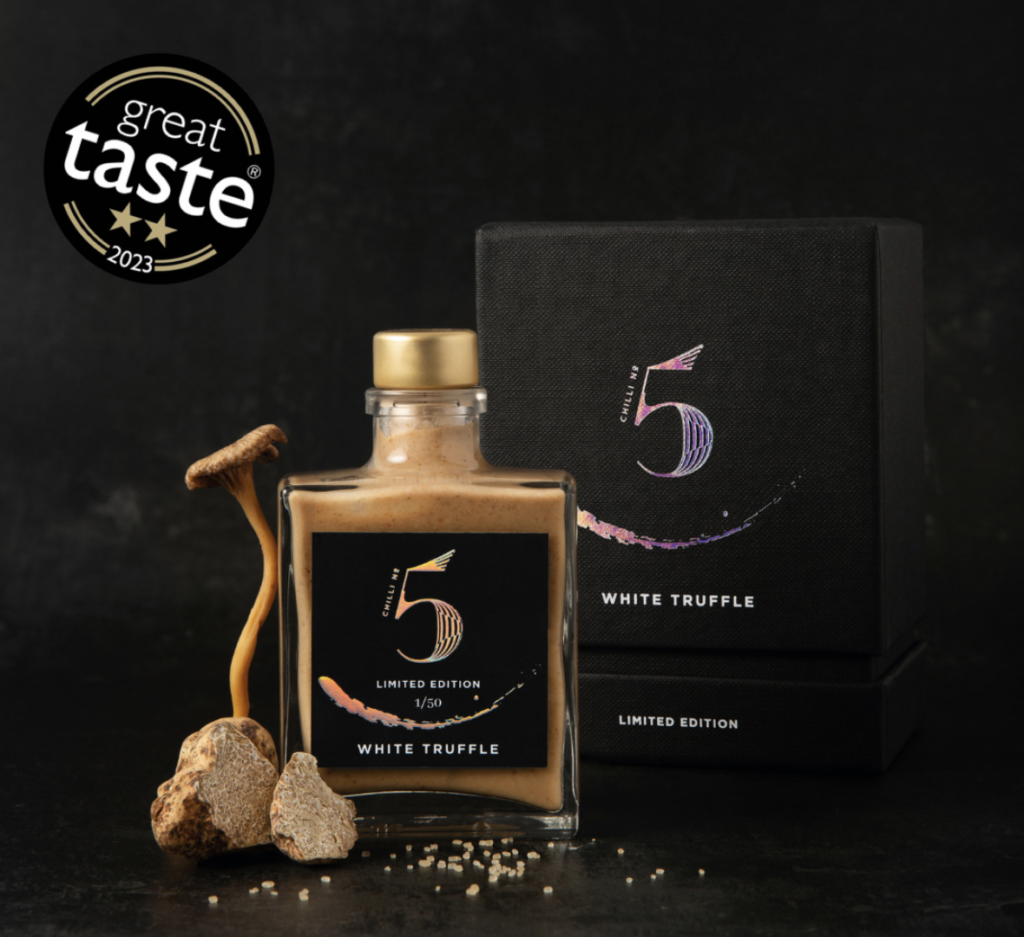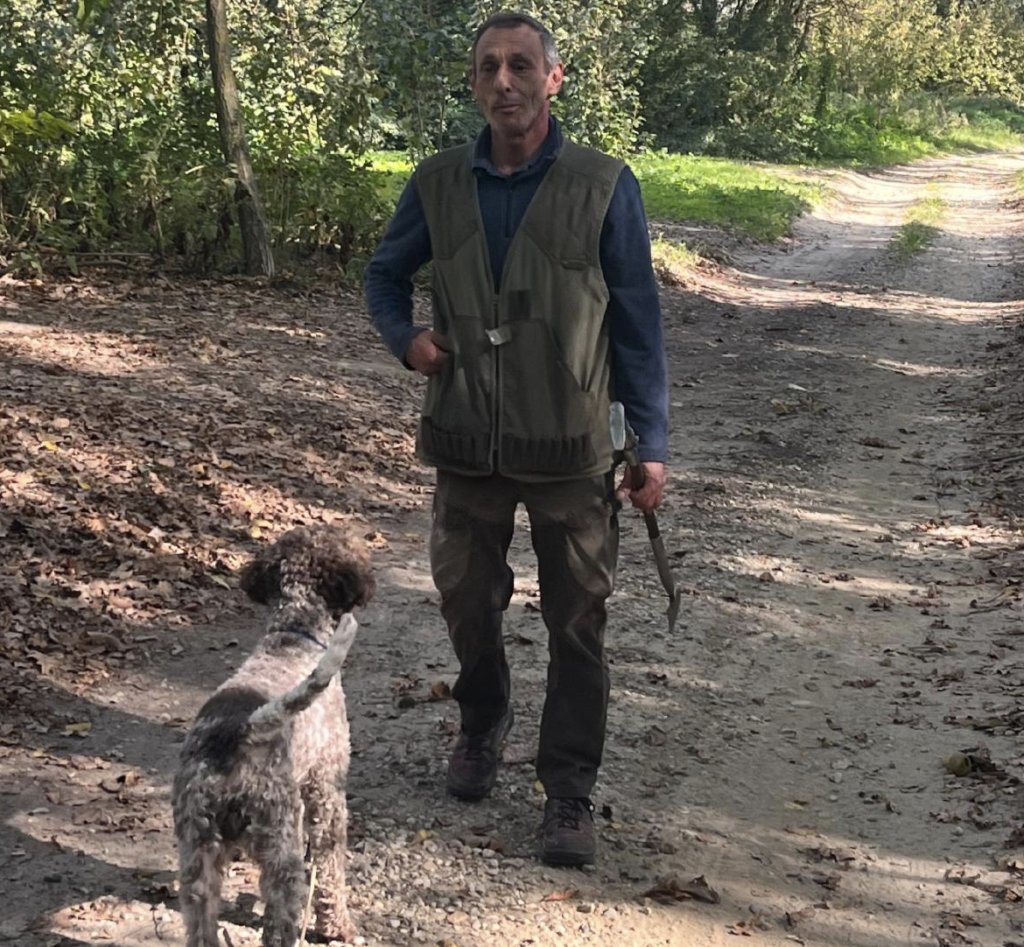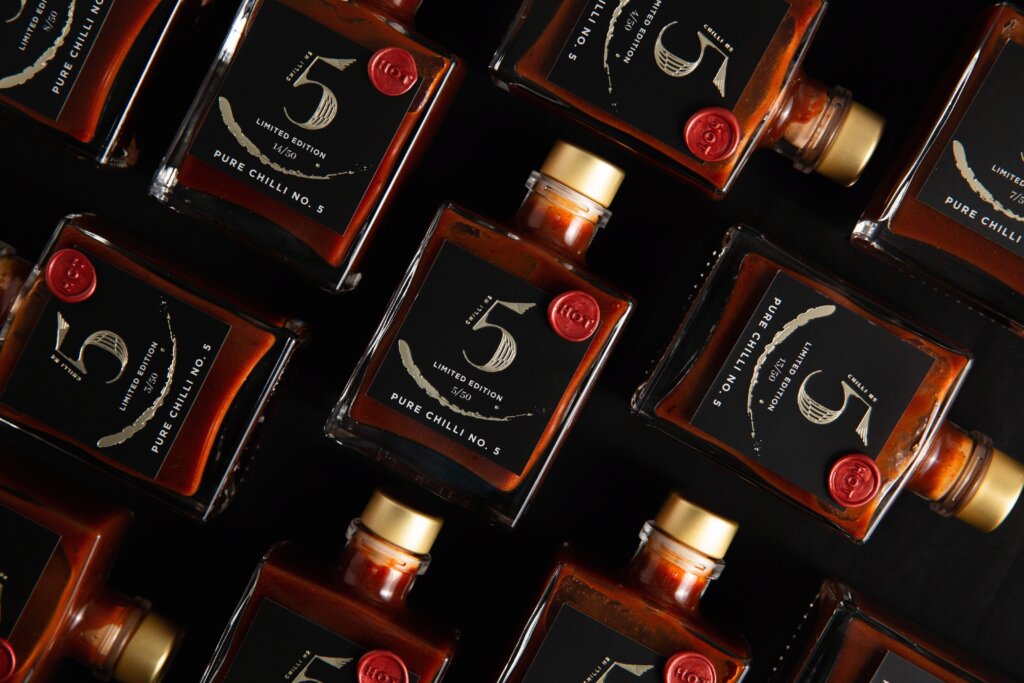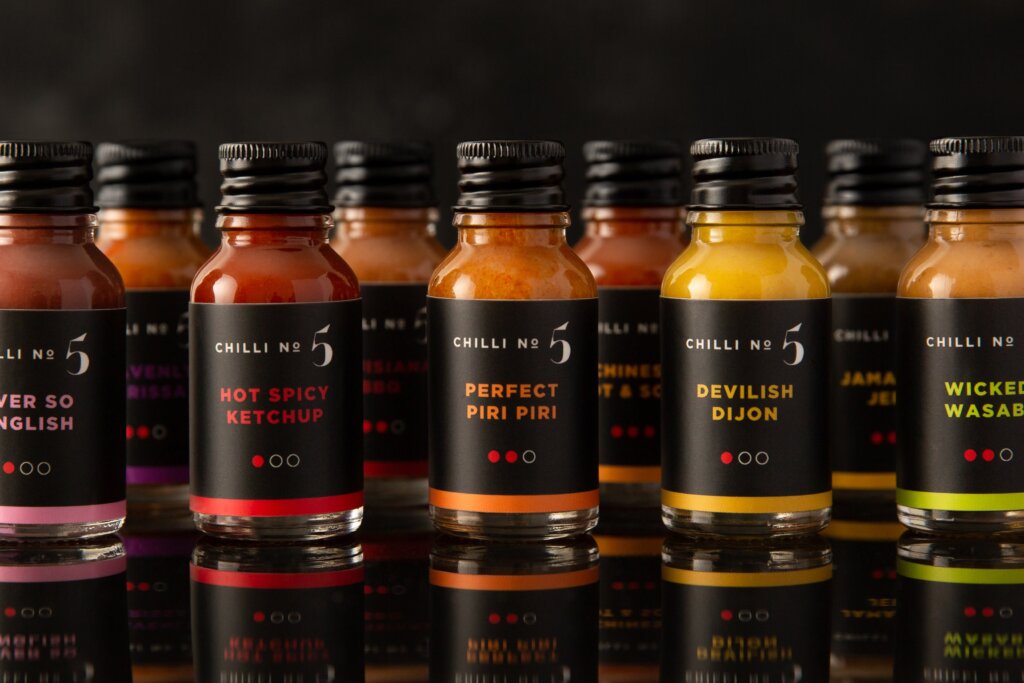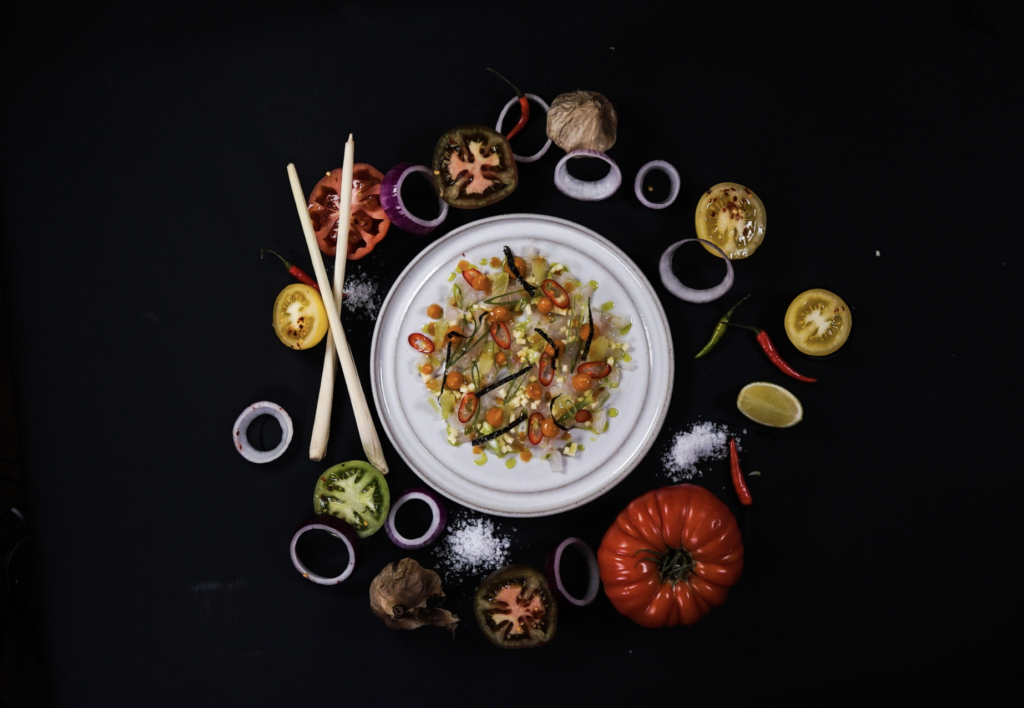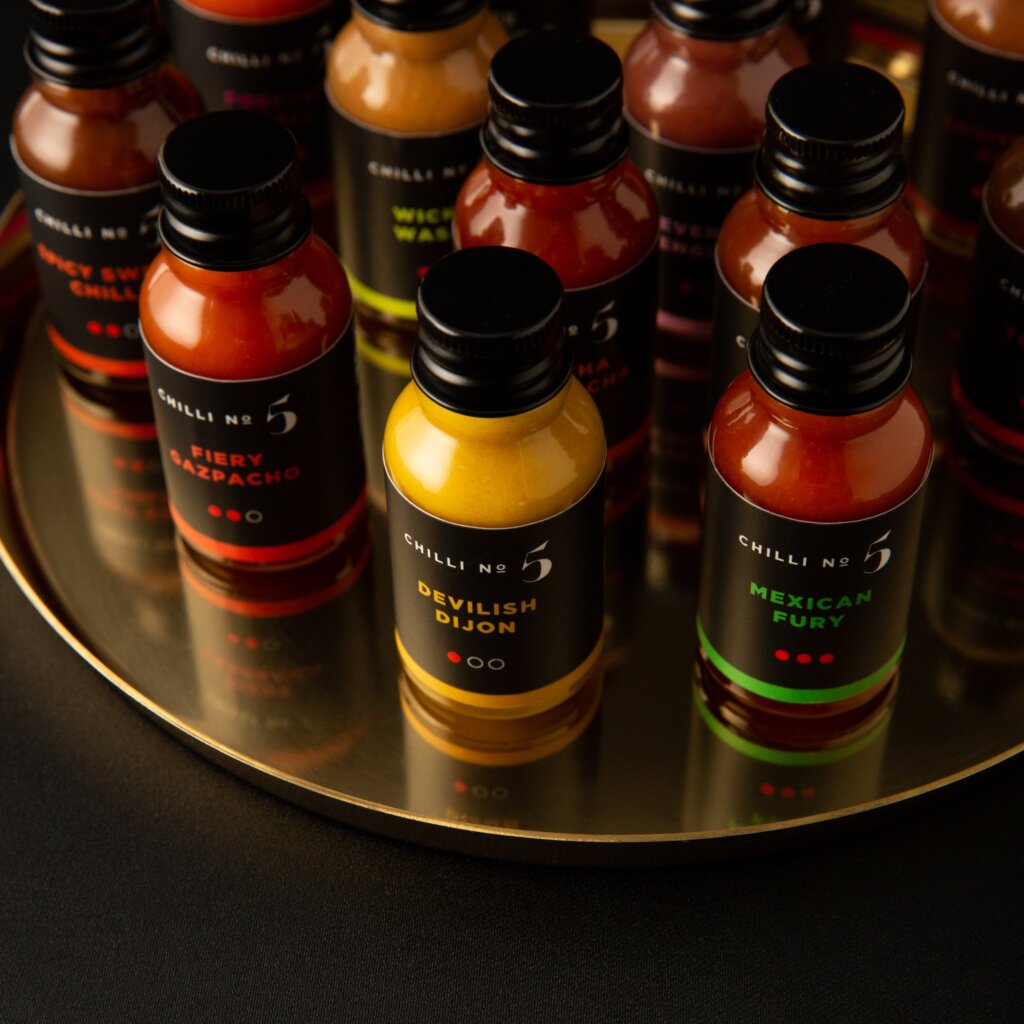The Strokes at the Nationals Park Thurs Sept 8 2022
The Strokes are a five-piece band hailing from New York City, made up of Nikolai Fraiture (bass), Julian Casablancas (vocals), Albert Hammond Jr. (guitar), and Nick Valensi (guitar), and Fabrizio Moretti (drums).
The band formed in 1998 and rose to fame in the early 2000s as a leading group in the “garage rock revival”.
Their The Modern Age EP kick-started a wave of hype that saw their 2001 debut record, Is This It, achieve massive world-wide success, initiating an explosion of New York punk attitude and catchy pop structures in modern day rock music. NME made Is This It their “Album of the Year”.
They were hailed by music critics, including Rolling Stone, as the “saviors of rock and roll”.
The Strokes released Is This It in the US in October 2001 on RCA after some delay due to changes made from the UK released version (released 27th August 2001). The cover of the latter features a black-and-white photo of a gloved hand on a woman’s naked backside, shown in semi-profile, and is said to reference Spinal Tap’s fictitious Smell the Glove. The North American version replaces this with an image of particle collisions and the song “New York City Cops” with “When It Started”. The replacement of “New York City Cops”, which contains the refrain “New York City Cops, they ain’t too smart”, was made in good faith following the September 11 attacks.
After the release of Is This It the band toured around the world, featuring dates in Japan, Australia, New Zealand, Europe, and North America, staging for the Rolling Stones. The band headlined UK’s Carling Weekend festivals in 2002, largely chronicled by a relatively hard-to-find mini-documentary entitled “In Transit” which was released to members of the now-defunct “Alone, Together” fan club.
Is This It yielded several singles and music videos, all of which were directed by Roman Coppola.
The group began recording their follow-up in 2002 with producer Nigel Godrich, but later split with him in favor of Gordon Raphael, the producer of Is This It. Recordings with Godrich were never revealed. In August 2003, the band toured Japan, playing a couple of the upcoming songs: “Reptilia”, “Meet Me In The Bathroom”, “The Way It Is”, “Between Love & Hate” and “12:51”.
They released their second album Room on Fire in October 2003, to good reviews, but to less success commercially, although it still went gold. Some critics cited the album as an advance musically and claimed it showed that they weren’t content to milk the formula that brought them their success.
Some, though, thought the albums were too alike to say they had advanced musically, and saw Room on Fire as a mediocre sophmore release. The Strokes themselves cited not enough time to make the record due to the demand of RCA executives.
In the process, they made the cover of Spin Magazine for the second time, with each member receiving his own cover.
They also made the cover of Rolling Stone for the first time. The first single taken from Room on Fire was the song “12:51”, which used distinct keyboard-like sounds produced by Valensi’s guitar.
The video was also directed by Roman Coppola, and was inspired by the futuristic look of the 1980s film Tron.
During the 2003/2004 “Room on Fire Tour”, the band played with Kings of Leon as support act and Regina Spektor. While on tour, Spektor and the Strokes recorded the song “Modern Girls & Old Fashion Men”, released as a B-side on the “Reptilia” single. Also during the tour, the band included The Clash’s “Clampdown” as a cover, which was released as the B-side for The End Has No End. I
In February 2005, Julian Casablancas wed long-time friend and assistant band manager Juliet Joslin. The Strokes had a three-concert South American tour in October 2005, with dates in Brazil, Chile, and Argentina.
In late September 2005, “Juicebox”, the first single from The Strokes then unreleased third album, was leaked online, forcing the single’s release date to be advanced. The single was then released as an exclusive on online download services. “Juicebox” became The Strokes’ second UK Top 10 hit, as well as their second US Modern Rock Top 10 success.
During November and December 2005 The Strokes did a promotional tour for the still unreleased album, which involved doing one-off shows in major cities around the world. T
heir third album, First Impressions of Earth, was released in January 2006 to mixed reviews and debuted at number four in the US and number one in the UK, a first for the band. In Japan it went gold within the first week of release.
It was also the most downloaded album for two weeks on iTunes. The band built a studio in New York’s Hell’s Kitchen called Red Carpet Studios to record the third album. Fraiture claimed that the album was “like a scientific breakthrough”.
In 2006, the band played 18 sold-out shows during their UK tour. In February 2006, The Strokes won “Best International Band” at the NME Awards. In March, the band returned to the US with their longest tour yet.
The second single off First Impressions of Earth, “Heart in a Cage”, was released in March 2006.
During the summer of 2006, The Strokes played several festival dates in Europe, including the Hultsfred Festival in Sweden, Roskilde Festival in Denmark, the Oxegen Festival in Ireland,the Montreux Jazz Festival in Switzerland and the FIB in Benicàssim (Spain). They then toured Australia and Mexico in late August and early September, followed by the second leg of the United States tour.
While in the US, The Strokes opened for Tom Petty & The Heartbreakers for five shows during their Highway Companion tour. The Strokes went on to complete another US tour. During this final tour Casablancas stated to fans that the band would be taking an extensive break after it finished.
An e-mail was sent out soon afterwards by Strokes manager Ryan Gentles, confirming that a “much needed break” would be taken. A new and improved band website went online in May 2007 along with the release of an alternate video to their single directed by Warren Fu “You Only Live Once” on imeem.com. In late 2007, the song “You Talk Way Too Much” was used in a commercial for the Ford Sync. The Strokes are currently on an “indefinite hiatus”, following a full North American and European Tour.
During the hiatus lead guitarist Albert Hammond Jr. released a solo album entitled: “Yours to Keep” which features The Strokes vocalist Julian Casablancas on bass in the song Scared. Julian and the other band members have collaborated with Pearl Jam’s Eddie Veder, QOTSA’s Josh Homme, among other notable musicians.





